Pets Have Teeth Too!
Does your pet have bad breath?
If you are not welcoming the exuberant kisses for you favorite furry friend because of bad breath, then there is a problem. Bad breath is a sign that your pet has dental disease. The source of the bad breath is from bacteria that are present due to tartar, gum disease, or even an abscess. Believe it or not, dogs and cats will have significant dental disease and discomfort, but will only give us subtle signs that anything is wrong.

How will I know that my pet has dental disease?
You will have to be on the look-out for tiny changes in your pet. It may be that they do not want to eat their favorite crunchy treat anymore or play with a hard toy. They may allow food to fall out of their mouth or resist petting around the mouth. In severe cases where a tooth root abscess has gone unnoticed, your pet may have a swelling develop under one eye or hold one eye closed.
In some circumstances your pet may not give you any clues that there is a problem! This is why a thorough dental exam by your veterinarian every 6 – 12 months is so important to detect dental disease.
If my pet is not acting any different, why should I worry about dental disease?
There are two reasons why you need to worry. The first is that your pet is in pain but cannot communicate this to you. I have had numerous geriatric canine patients needing extensive dental work due to years of decay. At the two week follow-up the owners are enthusiastically thanking me because their old senior dog is now acting like a puppy again. How long was this dog living in pain?
The second reason to worry is that dental disease will shorten your pet’s life span due to the bacteria and inflammatory components damaging other vital organs. Did you know that the simple act of flossing can add years to your life? Simple dental care for your pet can lengthen their life too. A healthy mouth = a healthy pet.
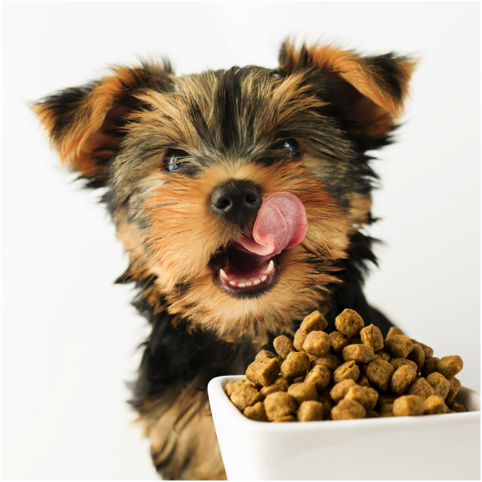
What exactly is dental disease?
Dental disease is a general term used for periodontal disease. Perio – means around and -dontal means tooth so this medical term means disease around the tooth. This starts with the soft plaque that forms on the teeth. Plaque is not readily visible on the teeth but can begin to cause irritation or inflammation of the gums. This is called gingivitis. When the minerals in the saliva mix with the plaque it becomes very hard tartar. Tartar is something that we can all easily see on our pet’s teeth.
An important point to remember – 75% of the tooth lies below the gumline. That means what we see above the gum is only 25% of the problem.
What happens when my pet has gingivitis?
Inflamed gums begin to pull away from the tooth creating a pocket. The space of the pocket allows the bacteria to enter causing an infection that further disrupts the structures surrounding the tooth such as ligaments and bone. This is a very serious problem! The ligament and bone are what holds the tooth in the jaw bone. The periodontal disease can cause these to break down and then the tooth will be lost for good. There have been incidences where this infection has been so severe that the jaw bone begins to break down and results in a broken jaw.

How can I prevent dental disease in my pet?
Taking care of your pet’s teeth the same way you take care of your teeth is the best way to prevent dental disease. This includes teeth brushing – yes teeth brushing! Use pet toothpaste that is flavored and does not need to be rinsed. Teeth brushing should be done once daily. If you try to brush your pet’s teeth at the same time each day and make it a positive experience they will look forward to it and can remind you that it is teeth brushing time.
The truth of the matter is that some pets and some owners will simply refuse teeth brushing. In this circumstance, the emphasis for dogs can be placed on giving them dental chew treats. It is best to reference the Veterinary Oral Health Council (VOHC) list of accepted treats (www.vohc.org/accepted_products).
Additionally consider a water additive called Healthy Mouth that can significantly reduce plaque build up. Its patented formula contains 100% human grade ingredients, is free of all synthetic, artificial ingredients, alcohol and contains NO calories, fat, sugar or sodium. It’s clinically proven to reduce plaque by a remarkable 71% and 76% in dogs and 85% and 88% in cats in two independent clinical trials.
Just like with your own oral care one of the most important things you can do for your pet is to have regular dental exams, cleanings and radiographs (x-rays).
Why are radiographs (x-rays) needed?
Remember that 75% of the tooth lies below the gumline and there is no way for your veterinarian to be sure the teeth are healthy without radiographs (x-rays). Our pets need to be under general anesthesia in order to receive proper radiographs and dental cleanings. The anesthesia is brief for a basic cleaning and the pets can go home the same day. Generally a pre-dental appointment will be needed to perform a pre-anesthetic exam and run blood and urine test.
February is National Pet Dental Health Month.
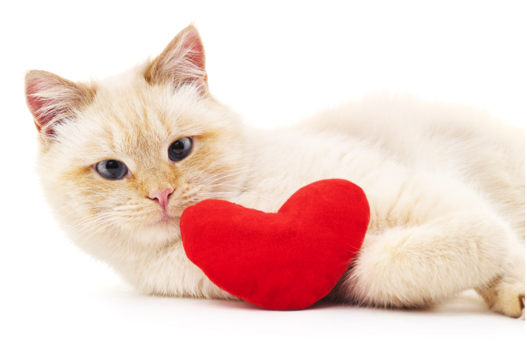
Remember your cat! Cat’s have significant dental disease too and are even more effective at hiding their discomfort. Cat’s can frequently develop a very painful lesion on a tooth that is created by the tooth slowly dissolving itself and exposing the nerve. As you can imagine these cats are in pain as evident by their jaw chattering when the area is touched. Surprisingly these cats commonly show no signs of discomfort during their daily life at home. There are multiple medical names for this type of lesion but the easiest one to remember is a “neck” lesion. These lesions need to be treated with oral dental surgery while the cat is under general anesthesia.
If you can care for your pet’s teeth the same way you care for your own, you will be ensuring that you and your pet will have many happy years to share together and the puppy and kitty kisses will be welcomed!
Dental care keeps your dog’s breath fresh and kissable. Unsure about what happens during a dental procedure? Please visit our youtube page to learn about the dental process.


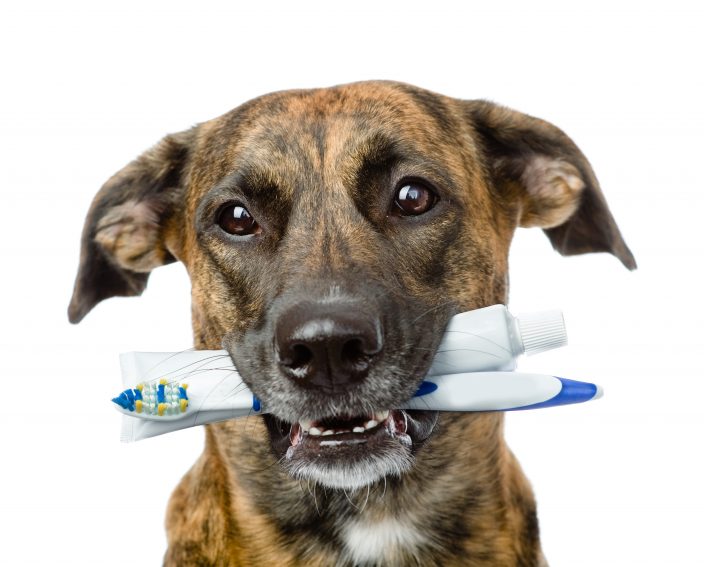
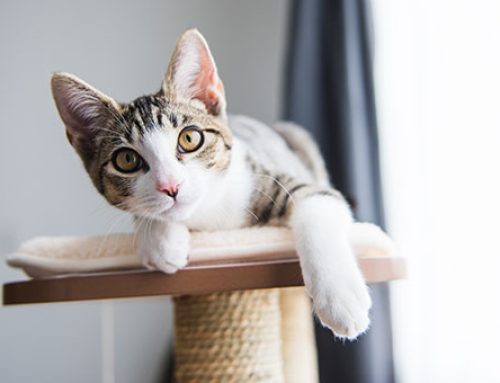


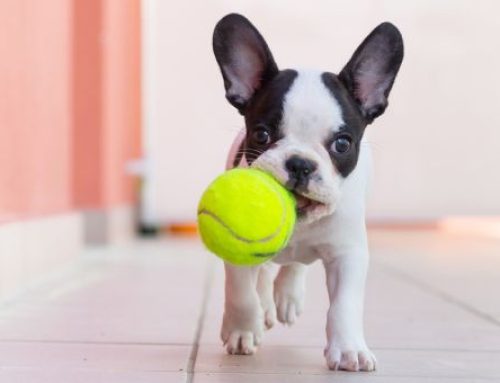


Leave A Comment